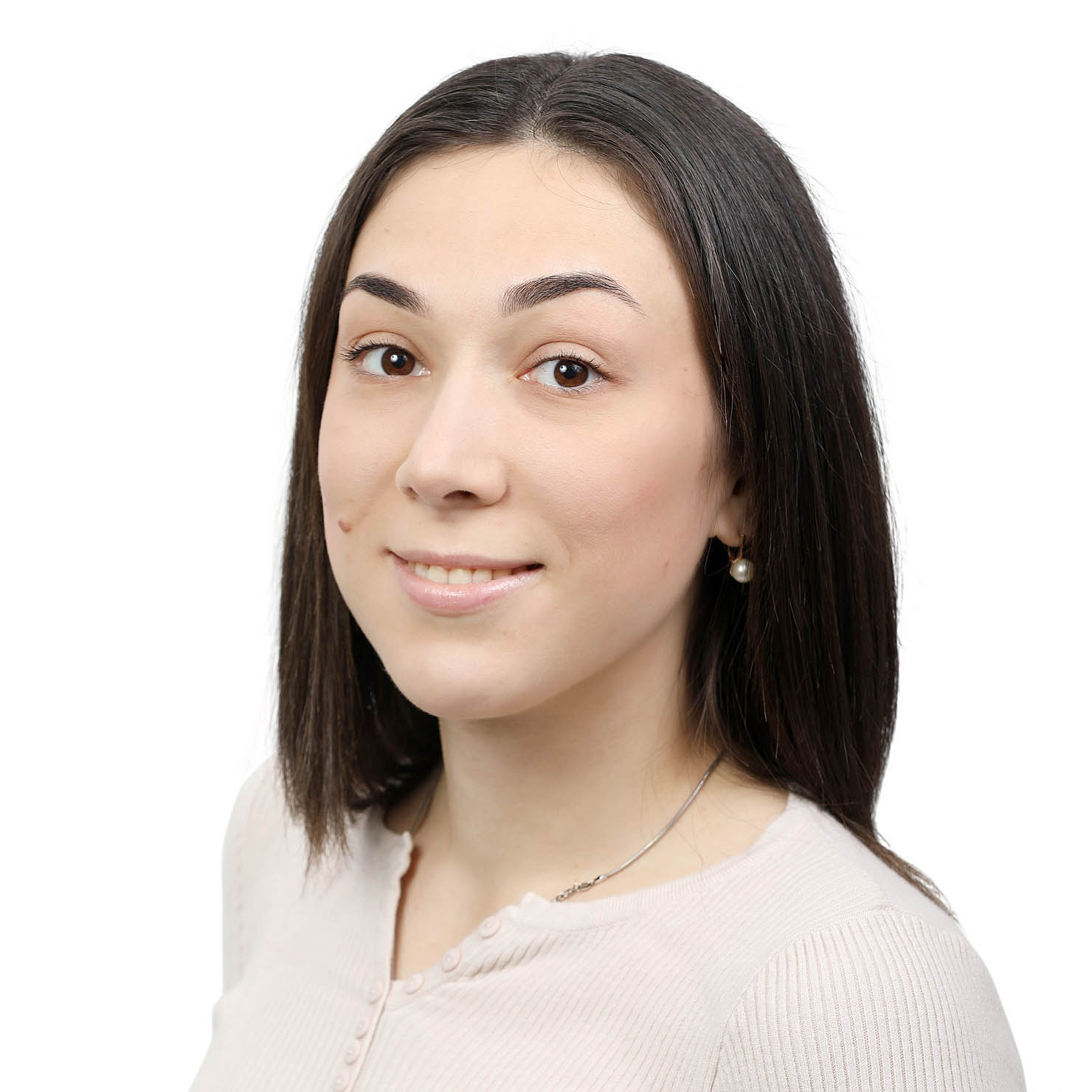Causes of clubfoot. Treatment of clubfoot in newborns
One of the most common anomalies in the development of the musculoskeletal system is congenital clubfoot in children (it occurs in 1 in 1000 newborns). It is detected immediately after birth and requires medical attention. This is a disabling pathology, and treatment should begin from the first days of a baby's life.
Causes of infantile clubfoot
The direct cause of foot deformities in children is still unknown. However, most scientists believe that it is the result of a malformation of the nervous system. As a result of this disorder, the growth of connective tissue is improper, nerve impulses and muscle tone are disturbed. All this leads to deformation of the foot.
Symptoms of the disease
Signs of clubfoot in adults and children:
- equinus - strong bending of the foot, which makes it look like a horse's hoof;
- varus - a driven deformity of the foot (its deviation towards the midline of the body)
- cavus - the arch of the foot becomes high.
Methods of treatment
Treatment of clubfoot in newborns should be started as early as possible. The older the child, the less effective conservative treatment is, and the higher the risk of relapse.
Will exercise therapy exercises for clubfoot or surgery help? Treatment of this disease can be conservative and surgical. Conservative treatment is prescribed while the baby is still in the hospital - the doctor teaches how to correct the child's clubfoot (it consists in stretching the muscles of the plantar surface of the foot and the back muscles of the lower leg). This method is usually complemented by a staged gypsum bandaging. Gypsum bandages keep the foot in the correct position, and the ligaments and muscles “get used” to it.
Immediately after discharge, the child is sent to a specialized center, where they know how to cure clubfoot using the traditional method. The method involves gradual straightening of the deformed joint and multi-stage plastering (using casts) to keep the foot in the correct position. The technique is quite complicated and cannot be performed at home.
Plaster corrections are performed every 7-10 days. Before each plaster cast, the foot is given a new position, gradually bringing it to a normal position. Usually, 5-6 corrections are enough, but the result depends on when the treatment was started, the degree of deformity, etc.
It is not an easy decision to agree to surgery to eliminate clubfoot in a child. However, it is not always possible to cure bilateral clubfoot in a child (and unilateral clubfoot as well) with a conservative method, and surgery is necessary. Depending on the degree of foot deformity and its disorders, the orthopedist chooses the necessary intervention technique:
- cutting certain muscles;
- lengthening of flexors and/or extensors;
- cutting of various ligaments, which are often shortened in case of clubfoot;
- Achilles tendon plastic surgery.
After the surgery, the child's foot must be fixed with a plaster cast.
Ponseti method
Ponseti method is often the most effective for clubfoot. This is a special bandaging technique when the child's bunions are stretched as much as possible without provoking pain.
The duration of bandaging using the Ponseti method does not exceed 5-6 months (usually 2-3), after which the child must wear braces - special shoes connected by a strong bridge. The specialist will explain their purpose, how to use them and how long the child should wear them. It is important to remember that refusal to wear braces almost always leads to a relapse of foot deformity.
The Ponseti method is an excellent alternative to surgical treatment. Its main advantage is that it does not injure tissues, as it happens during surgery. Surgery often causes stiff joint mobility, deterioration of the function of the muscles that were manipulated during the operation, and persistent pain. When using the Ponseti method, there are no such consequences.
Alternative methods of treatment
Some parents tend to think that it is possible to cure clubfoot in a child without plaster casts and surgery. They hope that other methods will help. Because of this, their children visit a doctor too late, when the process is already advanced.
Parents should be aware that neither foot massage for clubfoot nor exercises alone will eliminate foot deformities. Often, it is so pronounced that complex surgical intervention is necessary to correct the shape of the foot. Such methods are used as rehabilitation measures. They are necessary to ensure that the muscles do not atrophy during the period of gypsum correction, and to consolidate the effect during the recovery phase.
During the application of plaster casts, massage of the back, abdomen, upper extremities and parts of the legs that are not in a plaster cast is performed. This massage improves the body's tone. Therapeutic exercise consists of the mother bending and straightening the child's legs at the knees and hip joints.
Foot massage for clubfoot
During the recovery phase, foot massage is performed to increase the tone of the anterior and posterior outer leg muscles, relaxing the posterior and internal muscles. Children over 2-3 years of age are prescribed general strengthening exercises, as well as special gymnastics, such as
- walking with open toes;
- rolling the foot from heel to toe;
- squats. In this case, the support should be on the entire foot;
- walking on a stick lying on the floor.
Congenital clubfoot can be cured. It will require a lot of effort, time and patience, but the result is worth every minute spent on treatment.
Read more about the causes of childhood clubfoot, its treatment and risks on our website https://dobrobut.com/.

















